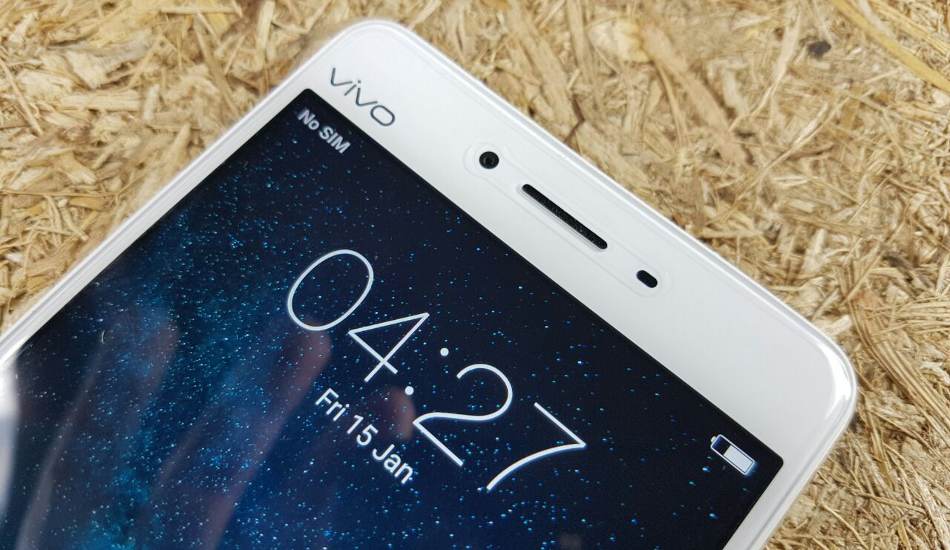It’s no news that Samsung and Apple have been struggling with embedding the fingerprint scanner on the screen. But as it turns out, Vivo might be the first one to implement the technology.
Vivo collaborated with Qualcomm to implement the technology. In the following video, it is evident that, as compared to the usual fingerprint scanners, the learning process on the on screen scanner takes longer. Mainly because the sensor below the screen needs to register the ultrasonic signals that pass through the OLED display.
When it comes to using the scanner, it does take longer than usual scanners. In the second attempt, the user tries to scan his fingerprint by placing his finger at locations other than the scanning area. And the scanner does not register unless it’s placed at the exact position. Meaning that the placement of finger in this case is quite critical.
Earlier, Vivo had released a video on YouTube showcasing the capabilities of the sensor. It showed that Vivo opted for piezoelectric technology to transmit the signals from the display to the sensor. While there are rumors that Apple’s next iPhone will sport an on screen fingerprint scanner, Vivo has already managed to implement it on a prototype and it might end up on the smartphones scheduled for 2018.






Nice but if the display has to be awake for the finger register then I’d rather have a dedicated fps.
Let’s hope that is not going to be the case. It would defeat the purpose of the whole thing
Crappy like the Xiaomi’s mi5s ultrasonic finger print scanner.